Previous Day - Next Day

“Those who are accustomed to judge by feeling do not understand the process of reasoning, for they would understand at first sight, and are not used to seek for principles. And others, on the contrary, who are accustomed to reason from principles, do not at all understand matters of feeling, seeking principles, and being unable to see at a glance.”
~ Blaise Pascal
Wikiquote (Blaise Pascal (June 19, 1623 – August 19, 1662) was a French mathematician, physicist, inventor, writer and Christian philosopher.)
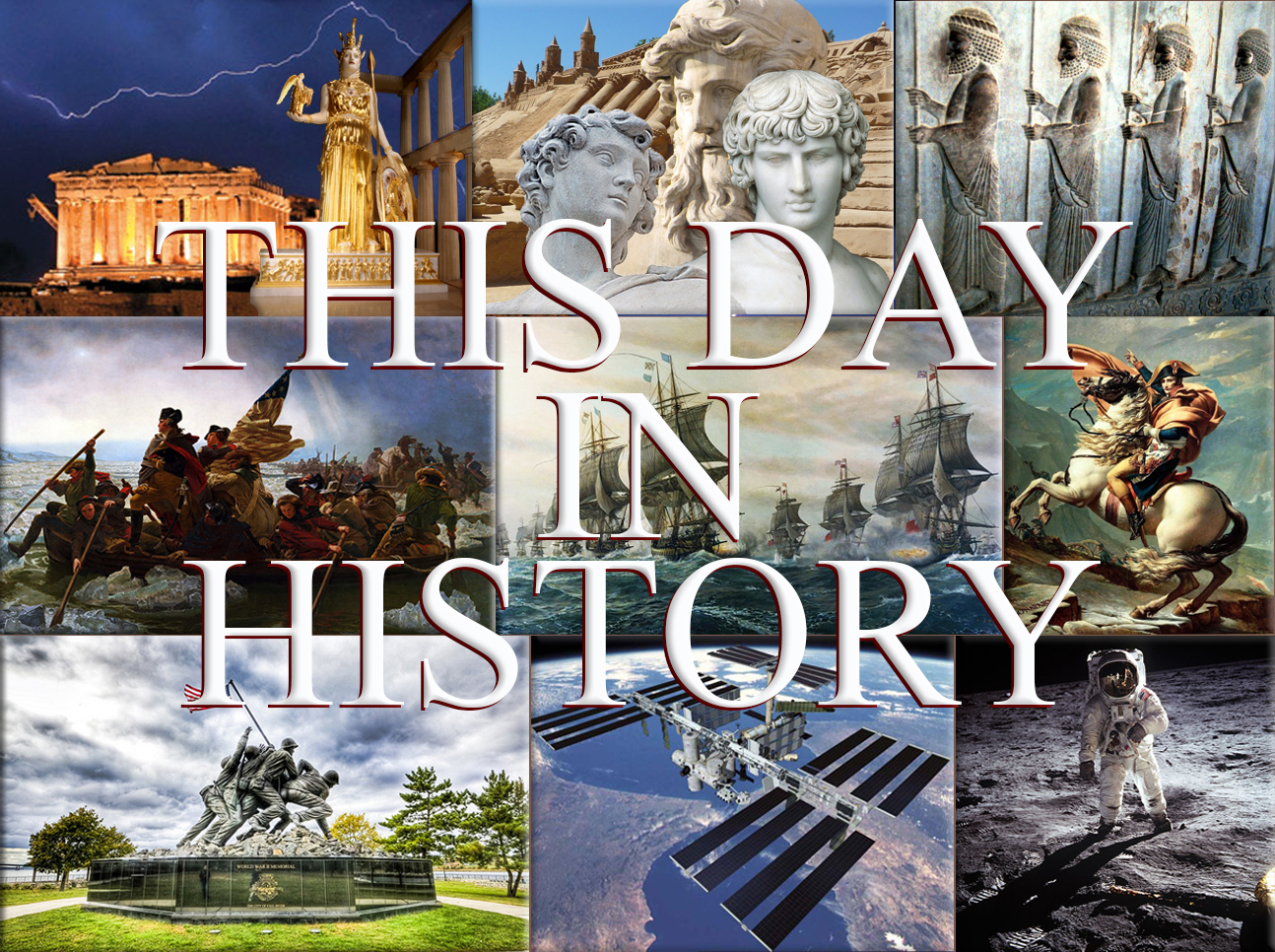
June 20th, 451
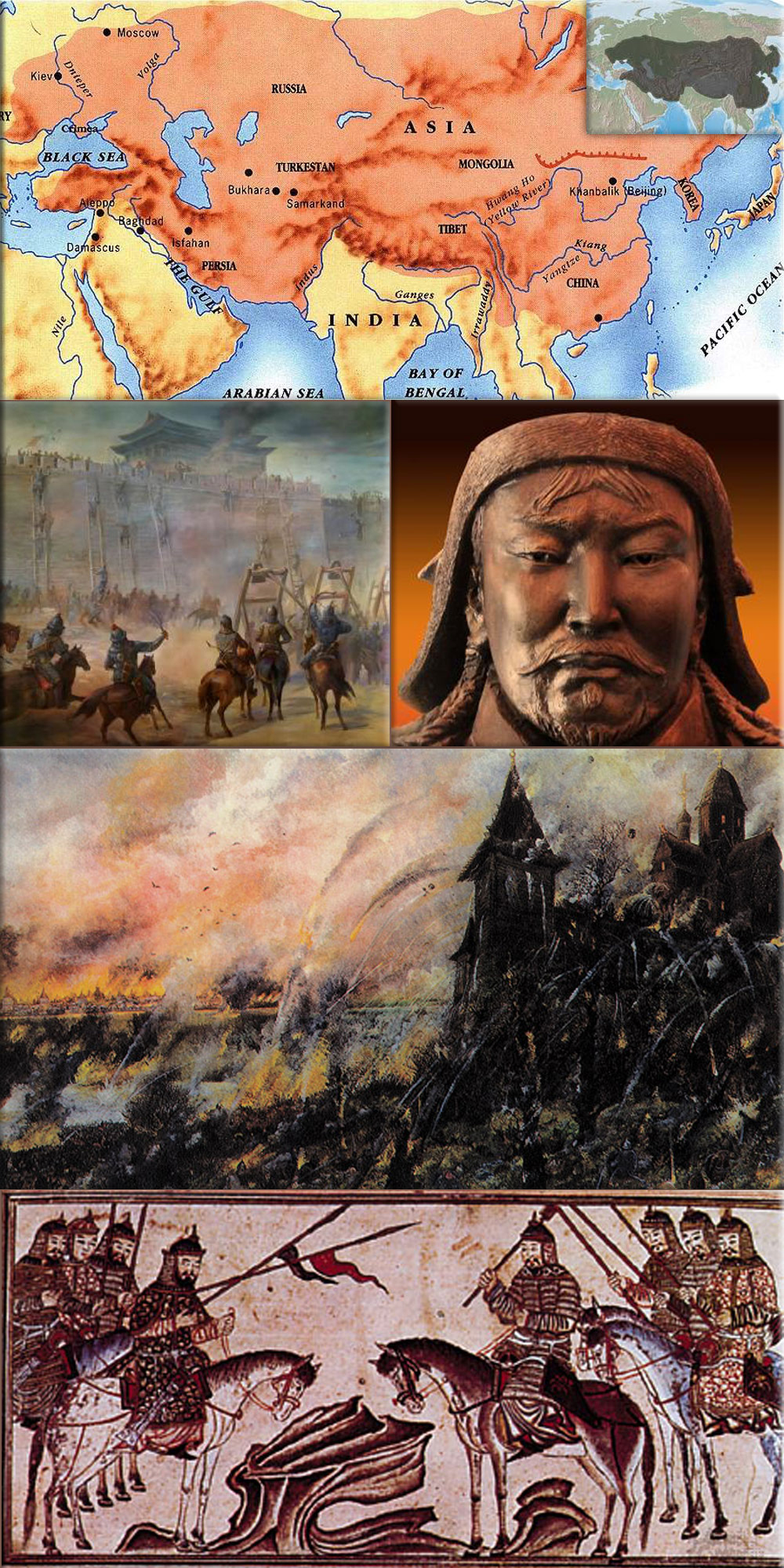
Mongol Empire:
451 - Battle of Chalons: Flavius Aetius' battles Attila the Hun. After the battle, which was inconclusive, Attila retreats, causing the Romans to interpret it as a victory.
Wikipedia Image: Map of Mongol Empire at its height; Genghis Khan, credit The Field Museum in Chicago; Genghis Khan various Mongolian tribes joined together in 1206; Mongol warriors was created for an Islamic history book, Rashid al-Din's History of the World of 1307, courtesy of the Edinburgh University Library, Scotland.
June 20th, 1214

The University of Oxford receives its charter.
Wikipedia Photo: Saint Scholastica's Day riot: The seed of the riot was an altercation in the Swindlestock Tavern (now the site of the Santander Bank on Carfax, on the corner of St Aldate's and Queen Street) between two students of the University of Oxford, Walter Spryngeheuse and Roger de Chesterfield, and the taverner, John Croidon.
June 20th, 1605
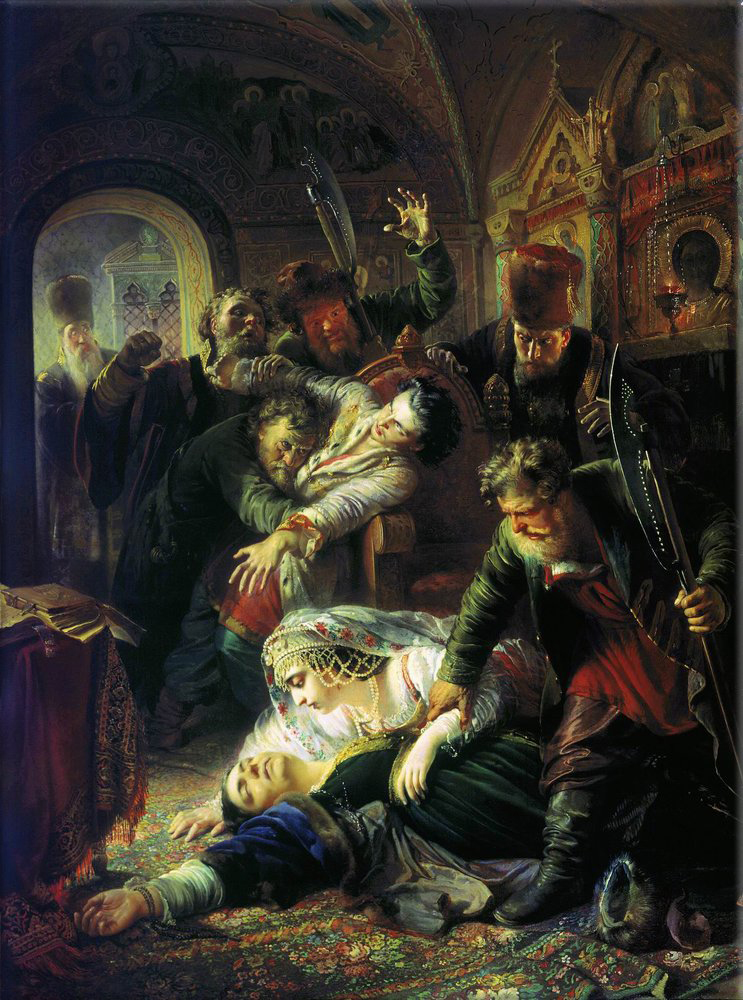
16-year-old Feodor II of Russia is assassinated, after only three months as tsar.
Wikipedia Image: False Dmitry's Agents Murdering Feodor Godunov and his Mother, by Konstantin Makovsky (1862). Tretyakov Gallery, Moscow.
June 20th, 1685

English Civil War:
1685 - Monmouth Rebellion: James Scott, 1st Duke of Monmouth declares himself King of England at Bridgwater.
Wikipedia Painting: English Civil War (1642–1651) was a series of armed conflicts and political machinations between Parliamentarians (Roundheads) and Royalists (Cavaliers);
John Milton publishes Areopagitica;
Battle of Naseby, victory of the Parliamentarian New Model Army;
Battle of Marston Moor, 1644;
"Cromwell at Dunbar", by Andrew Carrick Gow; Oliver Cromwell; King Charles I, painted by Van Dyck;
"And when did you last see your father?" by William Frederick Yeames.
June 20th, 1756

Black Hole of Calcutta: a British garrison is imprisoned - it is claimed that 123 prisoners died out of 146 prisoners held.
Wikipedia Image: Black Hole of Calcutta; English Officers Imprisoned in the Black Hole of Calcutta, India, 1756
June 20th, 1782

The U.S. Congress adopts the Great Seal of the United States.
Wikipedia Image: Great Seal of the United States
June 20th, 1787
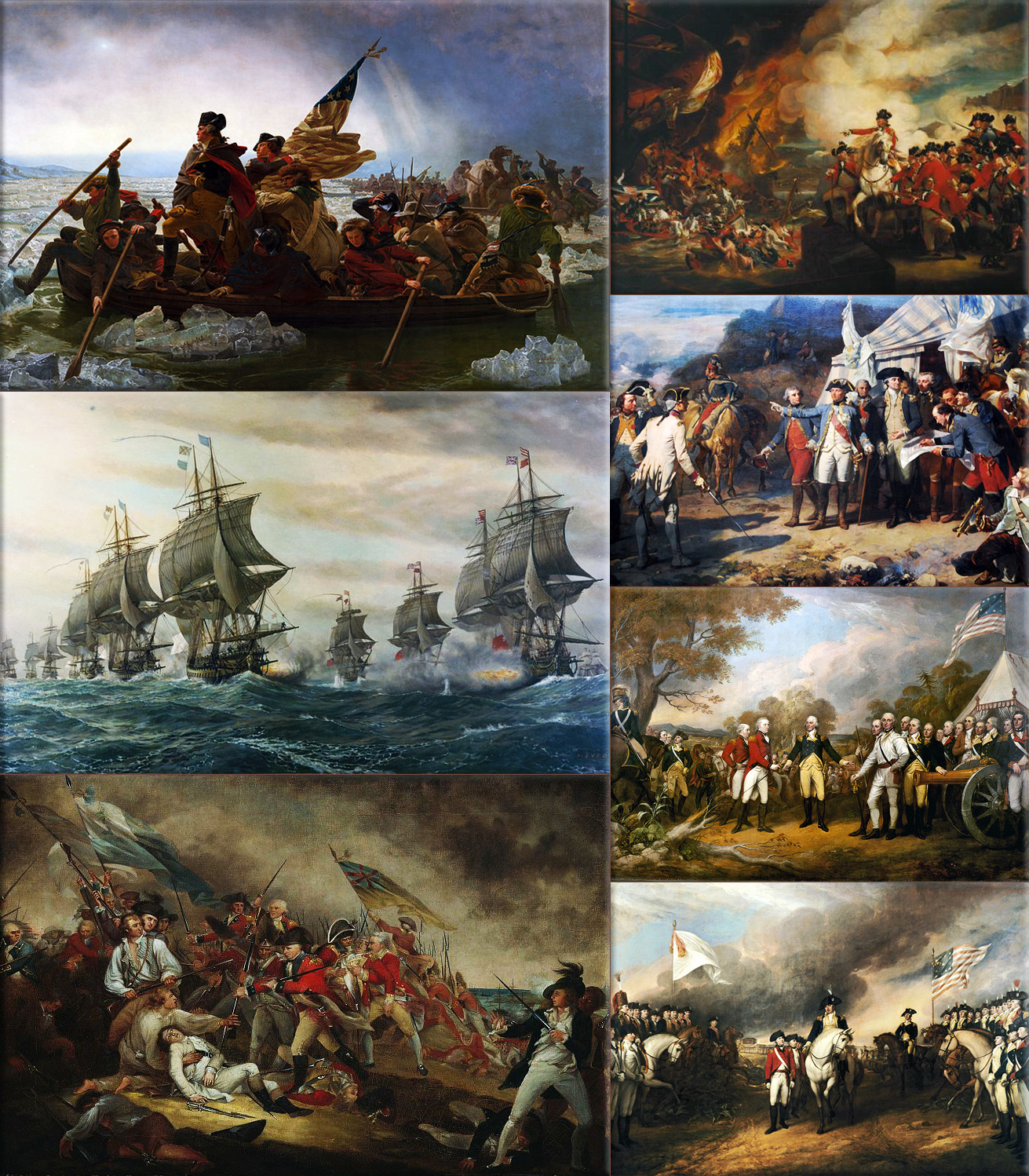
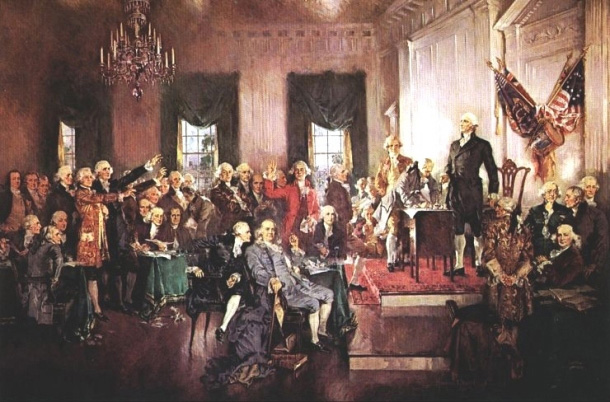
American Revolutionary War:
1787 - Oliver Ellsworth sucessfully moved to strike the word "National" from National Government of United States at the Federal Convention. Ellsworth moved that the government should continue to be called the United States Government.
Wikipedia Paintings: Washington Crossing the Delaware, by Emanuel Leutz; Battle of the Chesapeake, French (left) and British (right) lines; Battle of Bunker Hill, The Death of General Warren at the Battle of Bunker Hill by John Trumbull; The Defeat of the Floating Batteries at Gibraltar, September 13, 1782, by John Singleton Copley; Washington and the Comte de Rochambeau at Yorktown, 1781; "The surrender at Saratoga" shows General Daniel Morgan in front of a French de Vallière 4-pounder; Surrender of Cornwallis at Yorktown by (John Trumbull, 1797).
Signing of the Constitution of the United States.
June 20th, 1819

The U.S. vessel SS Savannah is the first steam-propelled vessel to cross the Atlantic (although most of the journey is made under sail), arrives at Liverpool, England, United Kingdom.
Wikipedia.org Image: The U.S. vessel SS Savannah
June 20th, 1837

Queen Victoria succeeds to the British throne.
Wikipedia Image: Queen Victoria; Alexandrina Victoria of Hanover ● Victoria wearing her small diamond crown Photograph by Alexander Bassano, 1882
June 20th, 1840
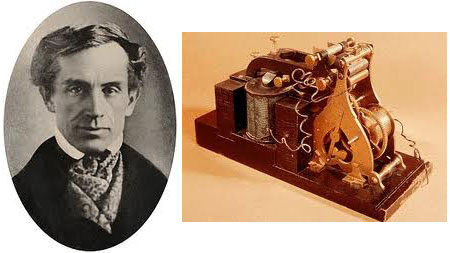
Samuel Morse receives the patent for the telegraph.
Wikipedia
June 20th, 1863
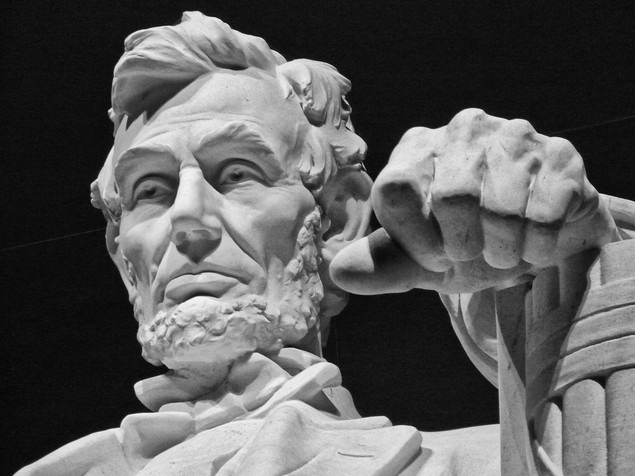
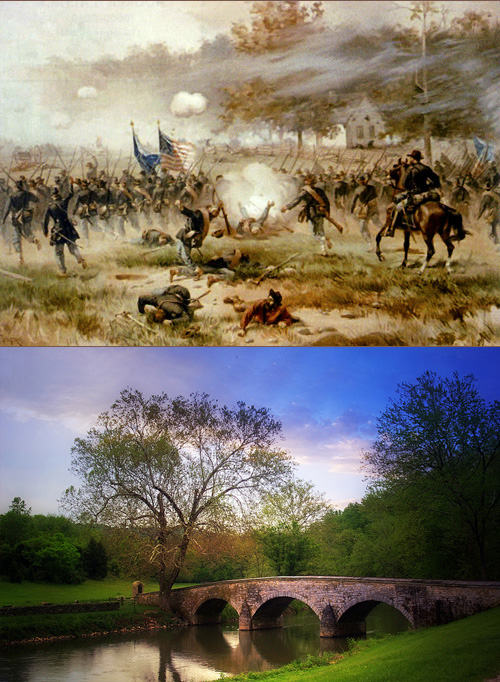
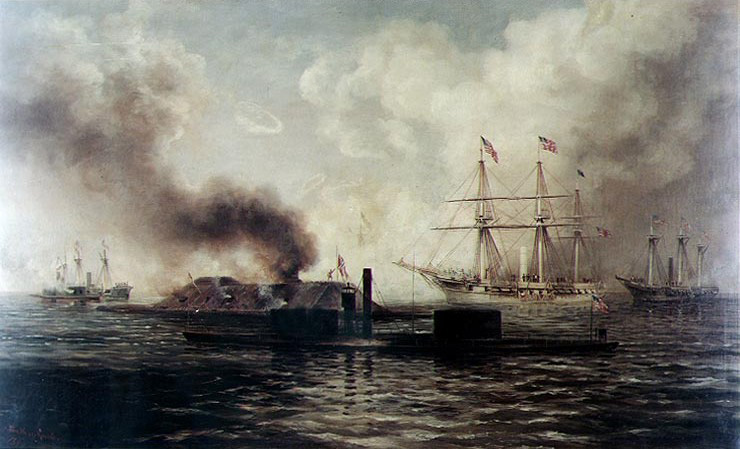
American Civil War:
1863 - West Virginia is admitted as the 35th U.S. state.
Wikipedia Image: ● Lincoln Memorial; an American national monument built to honor the 16th President of the United States, Abraham Lincoln - located on the National Mall in Washington, D.C. across from the Washington Monument.
● The northern army led by George McClellan and the southern army led by Robert E. Lee met at Antietam Creek, Maryland in September, 1862. It was a bloody battle where 13,000 Confederates and 12,000 Union troops died in just one day. McClellan had hesitated to attack before the battle thus letting the southern troops regroup. Also, he had saved reserves and refused to use them at the end of the battle thinking that Lee was holding reserves for a counterattack, even though those reserves didn't exist. The Union victory stopped Lee's northward advance and was a turning point in the war.
● Battle of Antietam / Stone Bridge at Antietam Battlefield - Sharpsburg, Maryland
● Battle of Mobile Bay (1890) by Xanthus Russell Smith.
● Although photography was still in its infancy, war correspondents produced thousands of images, bringing the harsh realities of the frontlines to those on the home front in a new and visceral way. The Atlantic.
June 20th, 1877
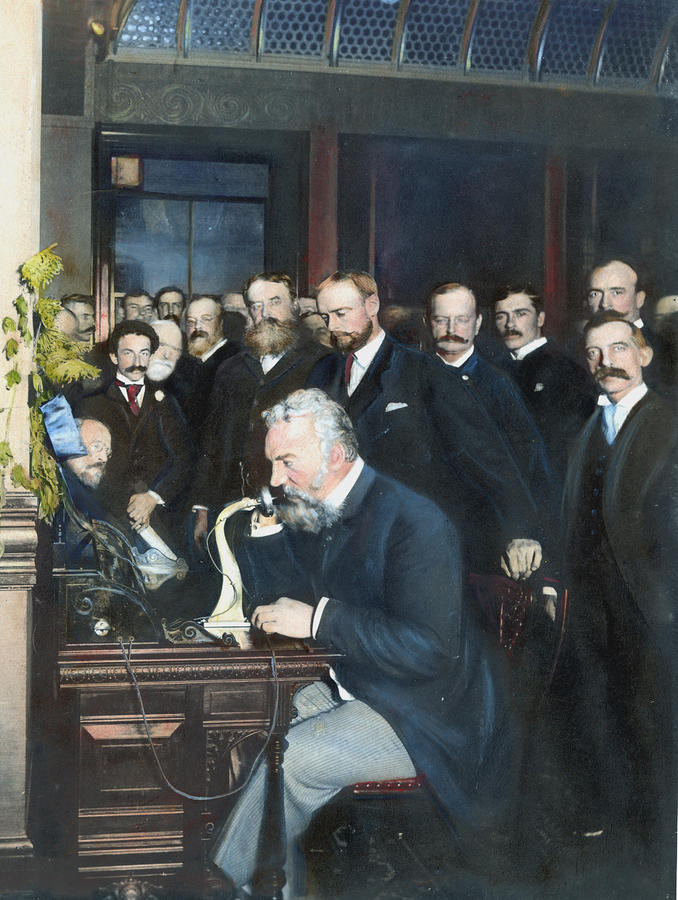
Alexander Graham Bell installs the world's first commercial telephone service in Hamilton, Ontario, Canada.
Wikipedia.org Photo: Alexander Graham Bell, credit Fine Art Print - Granger.
June 20th, 1893
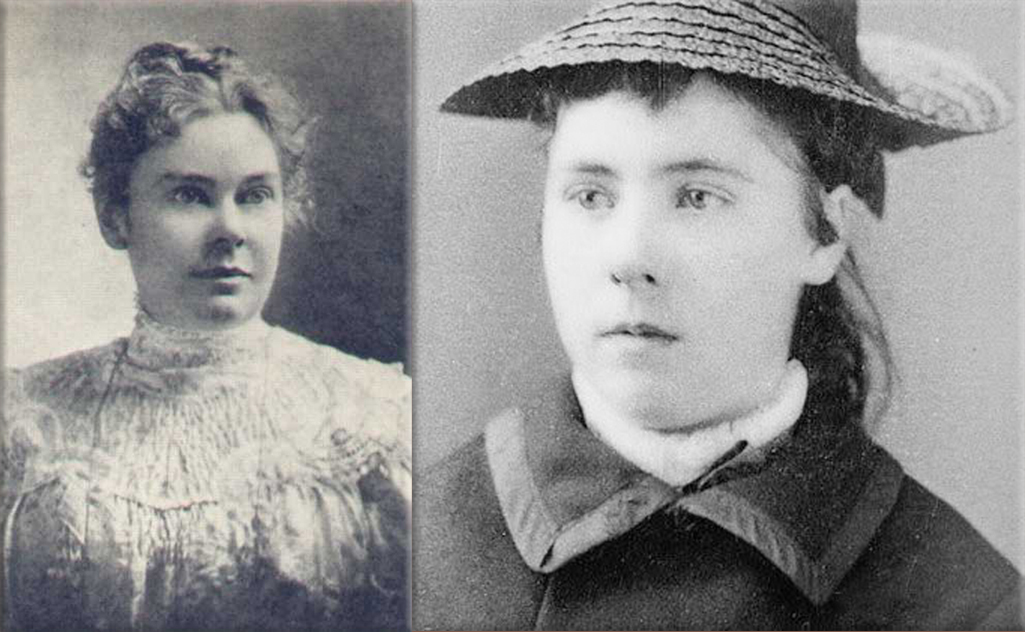
Lizzie Borden is acquitted of the murders of her father and stepmother.
Wikipedia Photo: Lizzie Borden, 1889
June 20th, 1900
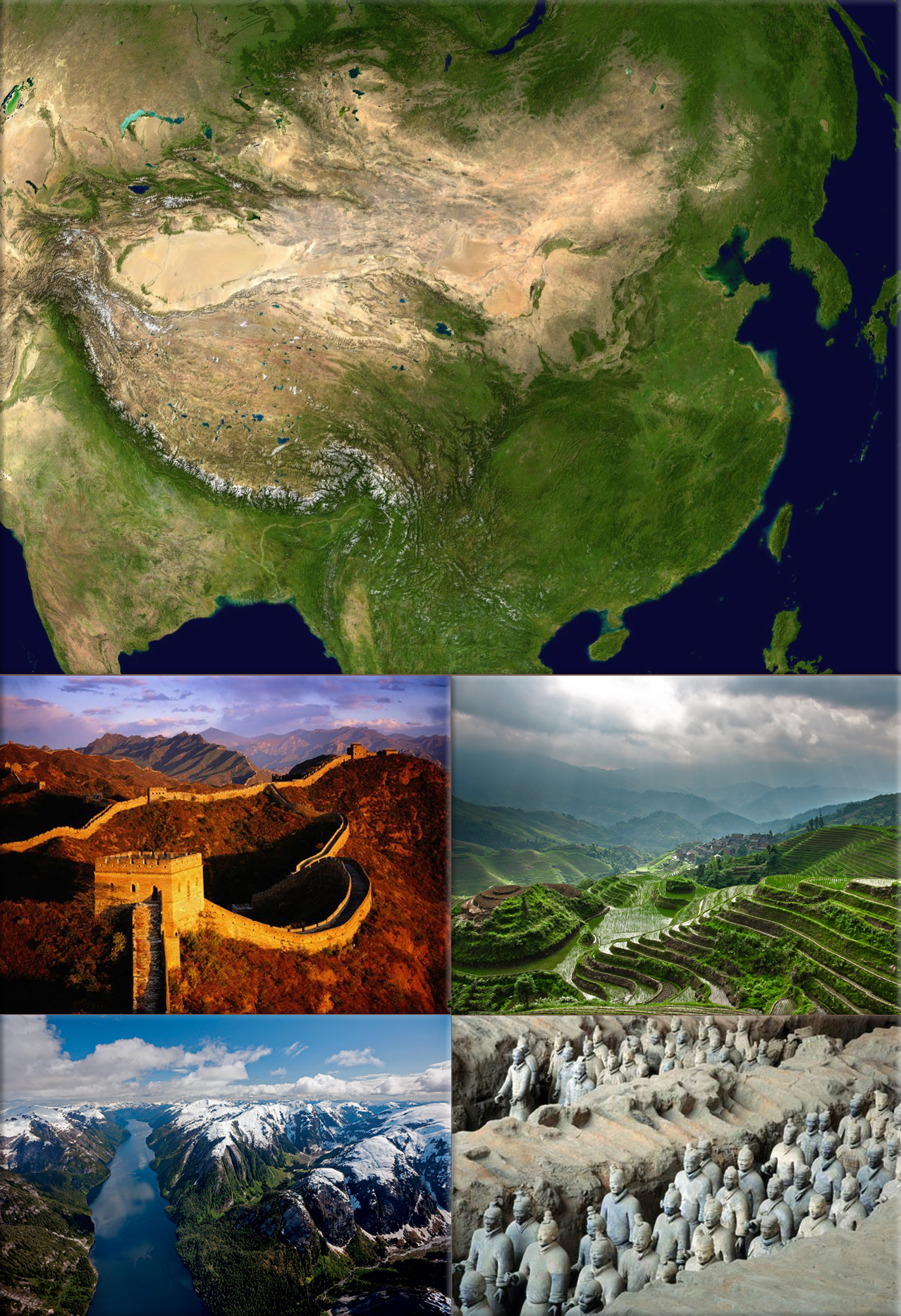
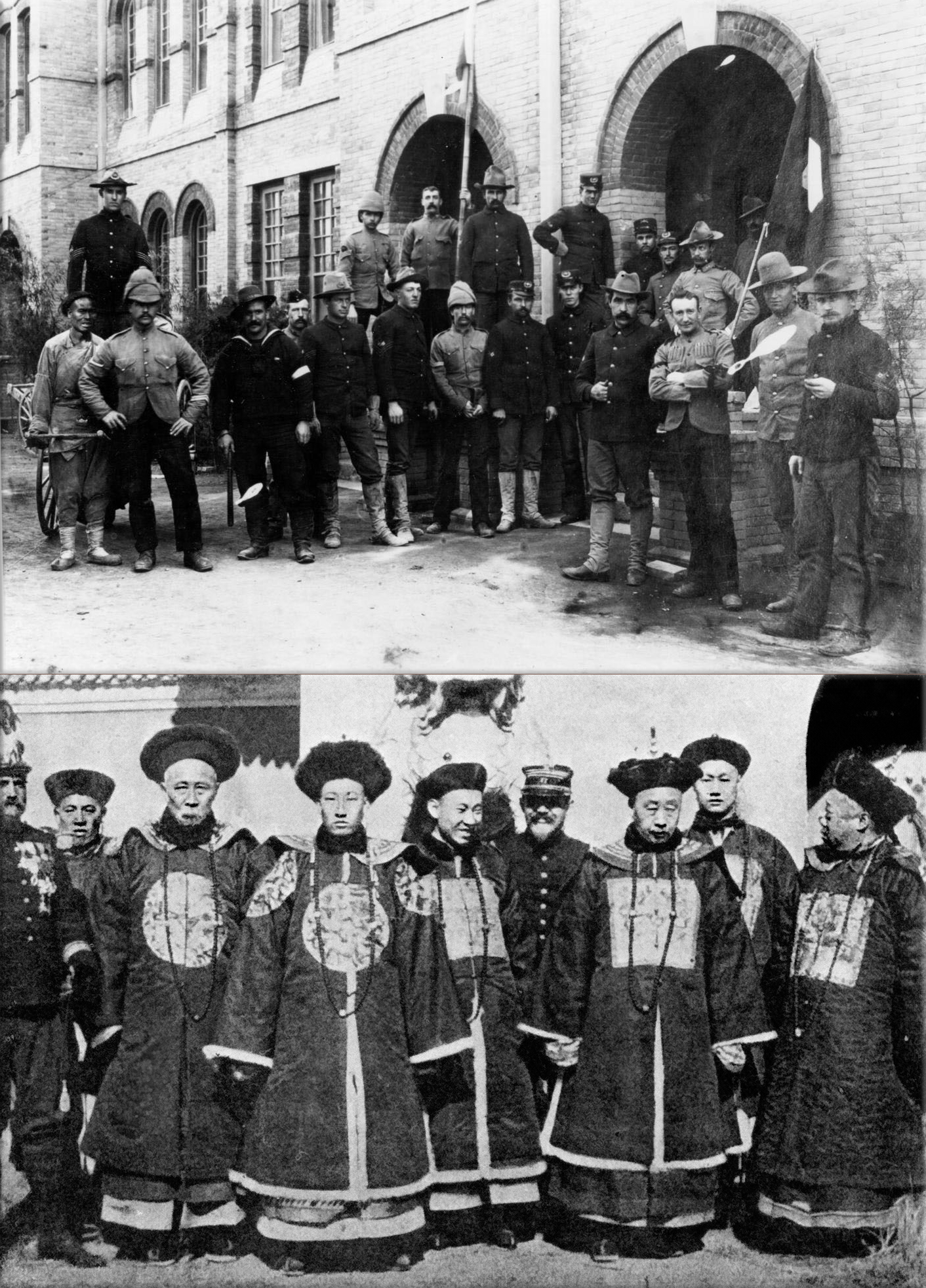
China - Boxer Rebellion:
1900 - The Imperial Chinese Army begins a 55-day siege of the Legation Quarter in Beijing, China.
Wikipedia Photo: China from NASA Wordwind Satellite; © Great Wall of China, credit National Geographic; LongJi Terrace, credit National Geographic; Great Bear Rainforest, credit Paul Nicklen, National Geographic; Platoons of clay soldiers were buried with China's first emperor, Qin Shi Huang Di, (required a labor force of 700,000 to build), credit O. Louis Mazzatenta, National Geographic.
The Boxer Rebellion, U.S. Army. ● Guangxu Emperor (fourth from left) with his officials and European officers shortly after the Boxer Rebellion.
June 20th, 1942
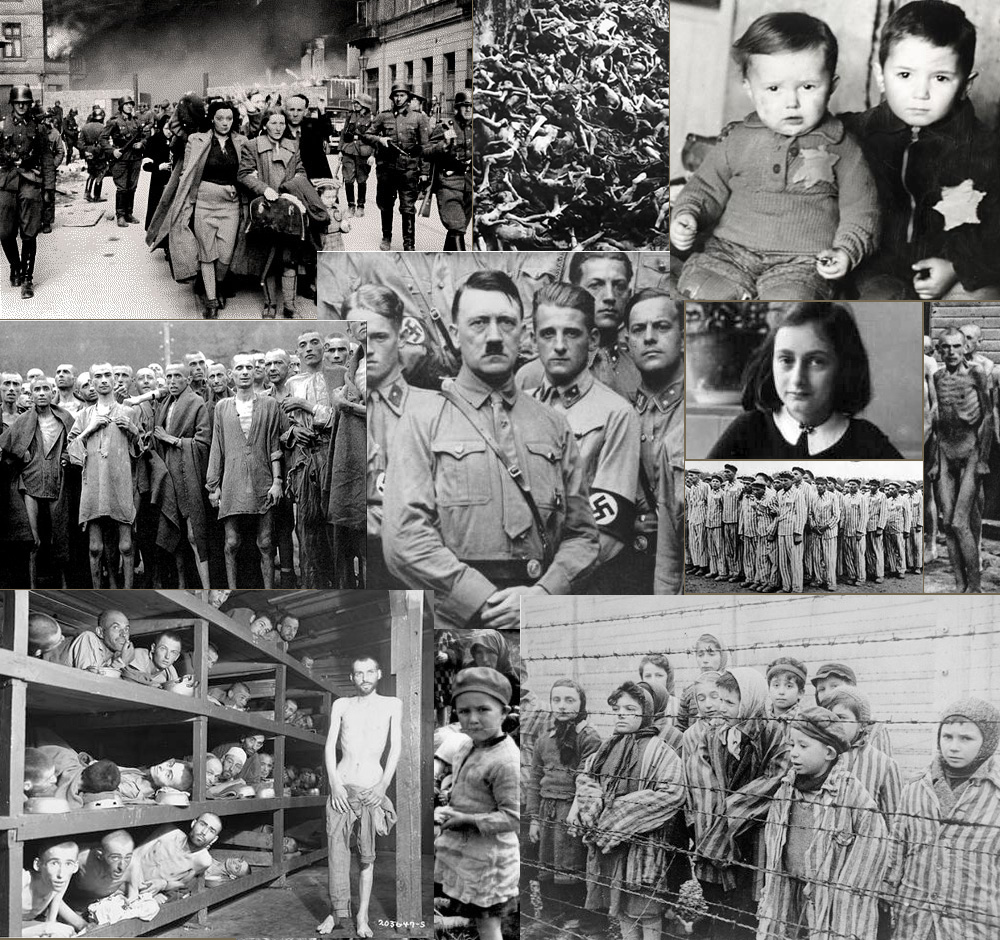
World War II: Holocaust;
1942 - Kazimierz Piechowski and three others, dressed as members of the SS-Totenkopfverbände, steal an SS staff car and escape from the Auschwitz concentration camp.
Wikipedia Photo: World War II, The Holocaust. Sources: United States Holocaust Memorial Museum USHMM, History 1900s, Internet Masters of Education Technology IMET, Techno Friends, Veterans Today, Concern.
June 20th, 1944
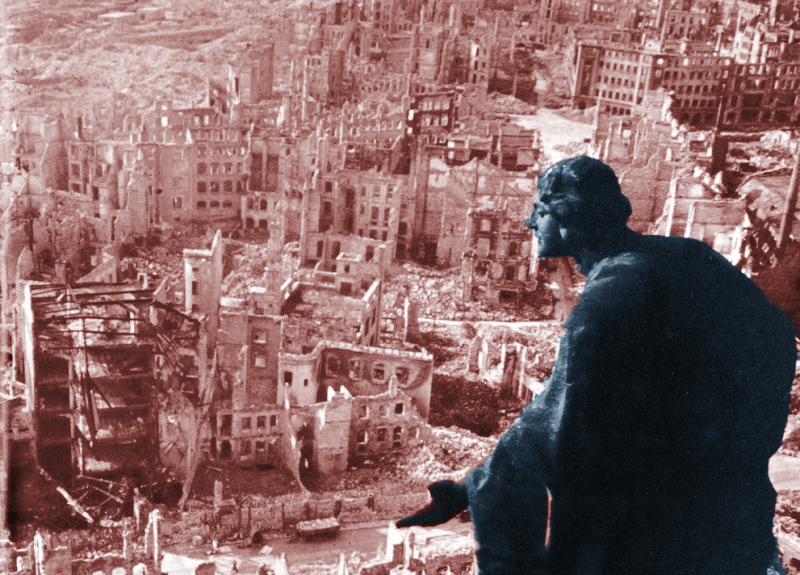

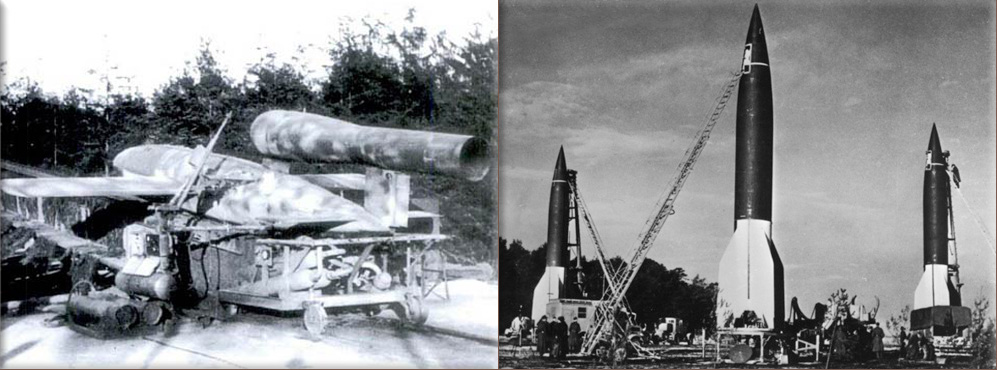
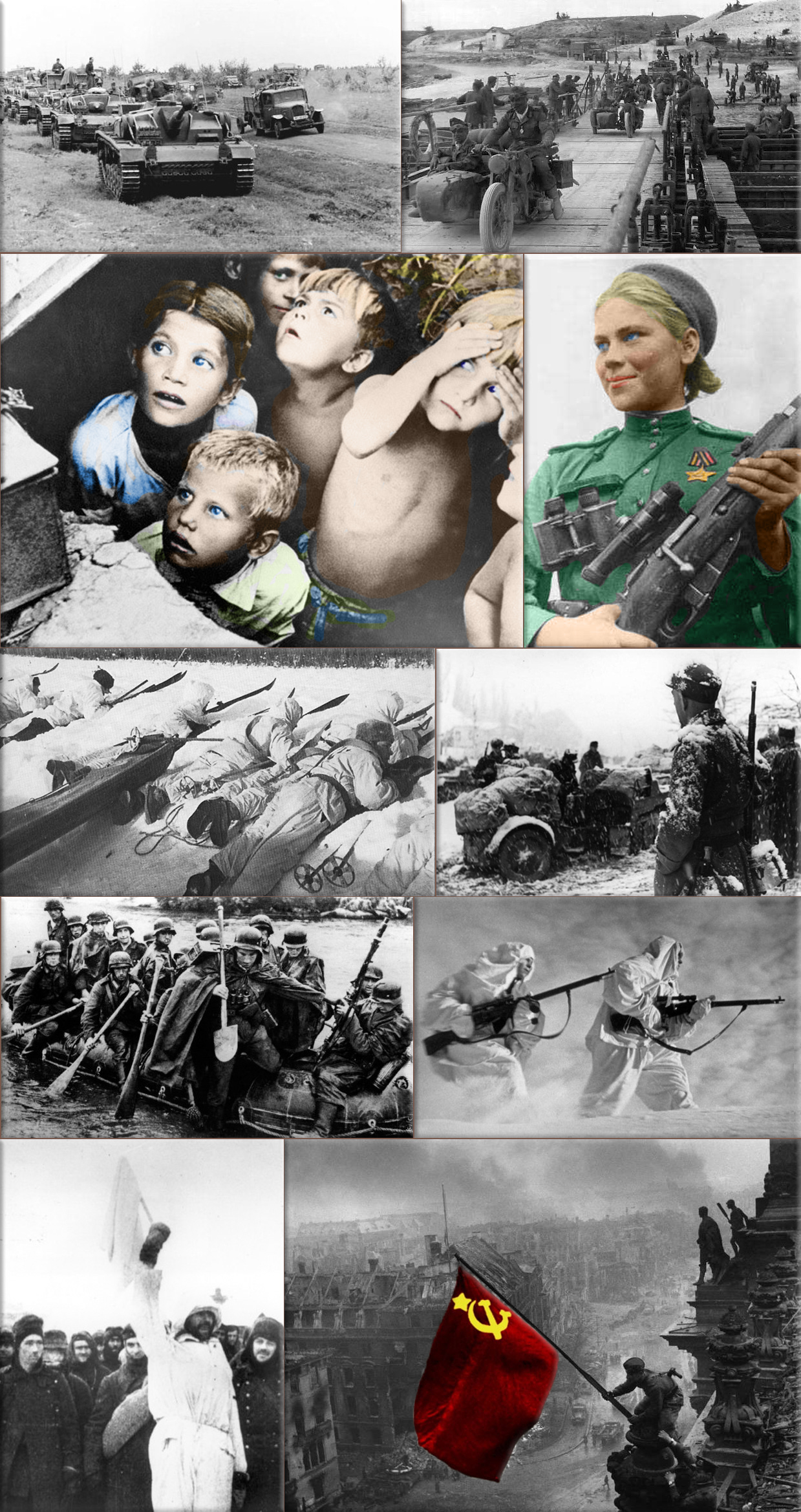
World War II:
1944 - Battle of the Philippine Sea concludes with a decisive U.S. naval victory. The lopsided naval air battle is also known as the "Great Marianas Turkey Shoot".
1944 - Continuation War; Vyborg–Petrozavodsk Offensive - The Soviet Union demands an unconditional surrender from Finland during the beginning of partially successful offensive. The Finnish government refuses.
1945 - The United States Secretary of State approves the transfer of Wernher von Braun and his team of Nazi rocket scientists to America.
Wikipedia Photo: Bombing of Dresden in World War II; August Schreitmüller's sculpture 'Goodness' surveys Dresden after a firestorm started by Allied bombers in 1945.
USS Bunker Hill was hit by kamikazes piloted by Ensign Kiyoshi Ogawa and another airman on 11 May 1945. 389 personnel were killed or missing from a crew of 2,600; Ensign Kiyoshi Ogawa, who flew his aircraft into the USS Bunker Hill during a Kamikaze mission on 11 May 1945; Kamikaze Missions - Lt Yoshinori Yamaguchi's Yokosuka D4Y3 (Type 33 Suisei) "Judy" in a suicide dive against USS Essex. The dive brakes are extended and the non-self-sealing port wing tank is trailing fuel vapor and/or smoke 25 November 1944.
German V1 flying-bomb and V2 Rockets - Preparations for a Salvo Launch of V-2 Rockets in the Heidelager near Blizna (Poland) (1944), credit German History in Documents and Images GHDI.
Eastern Front (World War II); Germans race towards Stalingrad. August 1942; Soviet children during a German air raid in the first days of the war, June 1941, by RIA Novosti archive; Soviet sniper Roza Shanina in 1944. About 400,000 Soviet women served in front-line duty units Caucasus Mountains, winter 1942/43; Finnish ski patrol: the invisible enemy of the Soviet Army with an unlimited supply of skis; Men of the German Engineers Corps cross a river which is swollen after the first autumn rains, to strengthen bridges linking the German positions on the central front in Russia. by Keystone / Getty Images. October 1942; Russian snipers fighting on the Leningrad front during a blizzard. Photo by Hulton Archive / Getty Images, 1943; German soldiers surrendering to the Russians in Stalingrad, the soldier holding the white flag of surrender is dressed in white so that there could be no doubt of his intentions, a Russian soldier is on the right of the photograph. by Keystone / Getty Images, January 1943.
June 20th, 1948
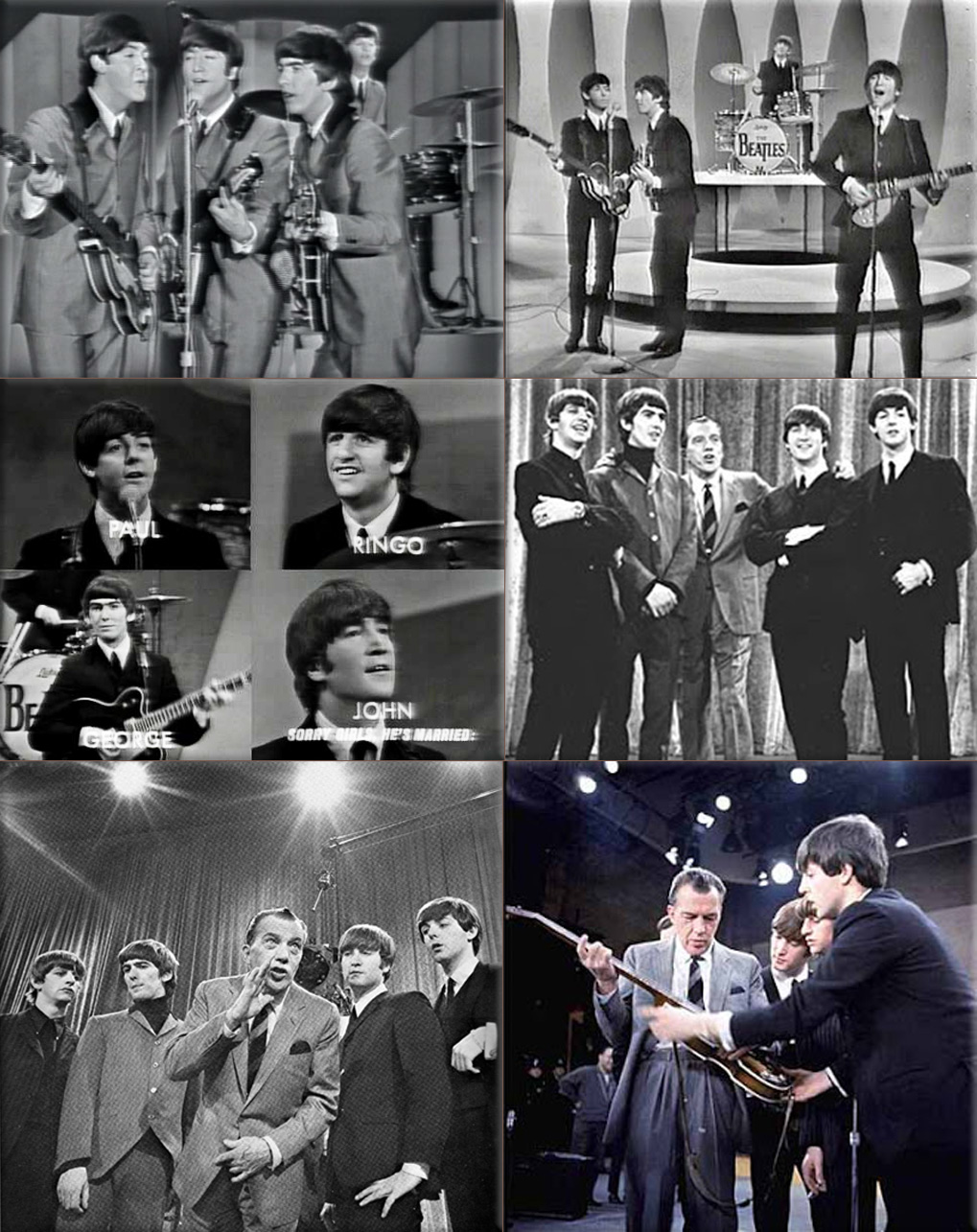
Toast of the Town, later The Ed Sullivan Show, makes its television debut.
Wikipedia Photo: The Ed Sullivan Show;
● Top 10 Musical Performances (The Beatles 1st Ed Sullivan Performance (Remastered) 1964) 
● The Beatles 1st Ed Sullivan Performance (REMASTERED), Youtube 
June 20th, 1963

Cold War, Cuban Missile Crisis:
1963 - The so-called "red telephone" is established between the Soviet Union and the United States following the Cuban Missile Crisis.
Wikipedia Photo: Cuban Missile Crisis: Fidel Castro and Nikita Khruschev; President John F. Kennedy; U-2 reconnaissance plane; U2 Image of Cuban Missile Crisis; Missile silo.
June 20th, 1972
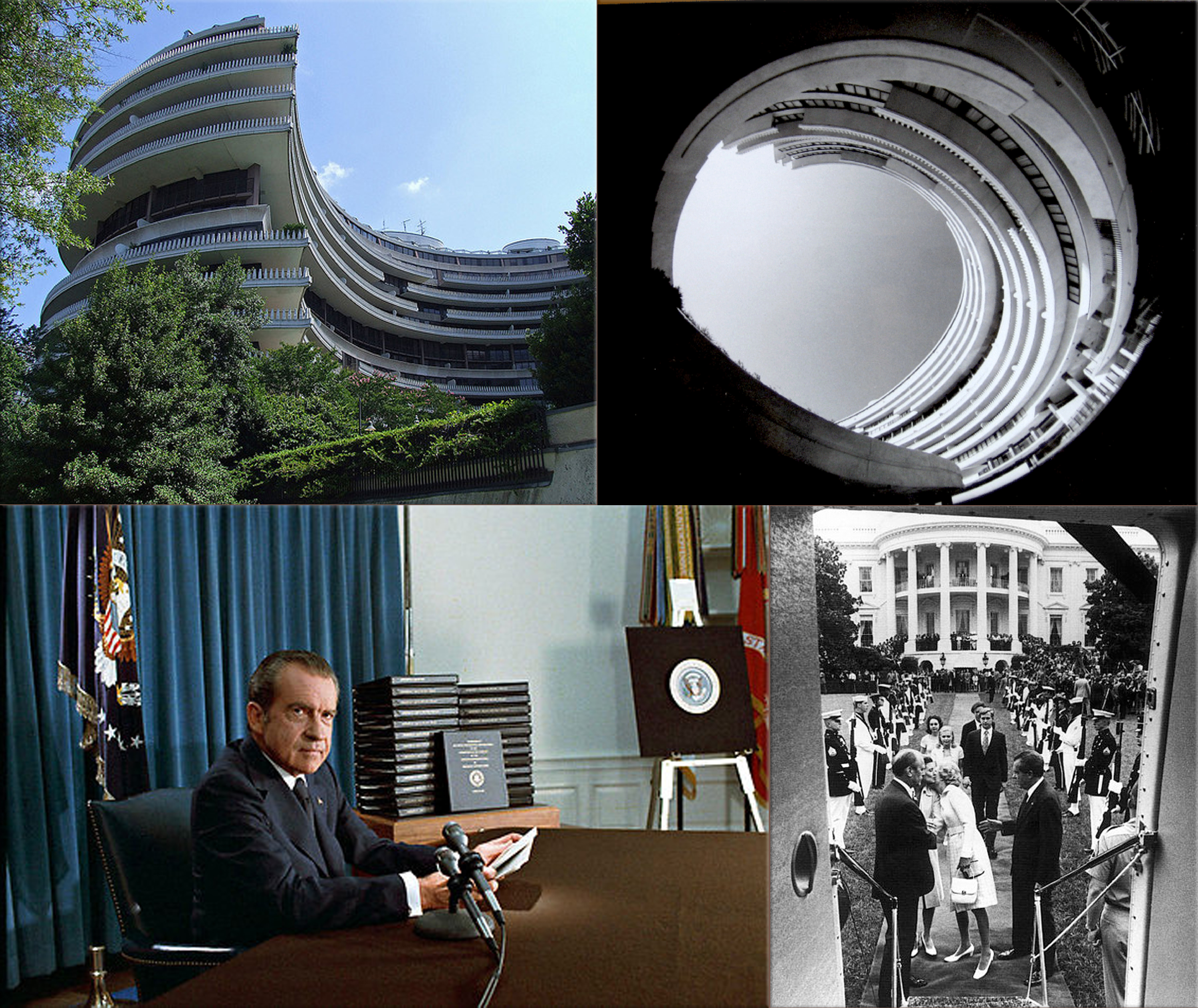
Watergate scandal: An 18½-minute gap appears in the tape recording of the conversations between U.S. President Richard Nixon and his advisers regarding the recent arrests of his operatives while breaking into the Watergate complex.
Wikipedia Photo: Watergate Scandal: was a political scandal that occurred in the United States in the 1970s as a result of the June 1972 break-in at the Democratic National Committee headquarters at the Watergate office complex in Washington, D.C., and the Nixon administration's attempted cover-up of its involvement.
Watergate Complex Washington, DC, credit Watergate Notes; President Richard M. Nixon defended himself against many allegations, National Archives; Oliver F. Atkins' photo of Nixon leaving the White House shortly before his resignation became effective, August 9, 1974.
June 20th, 1982
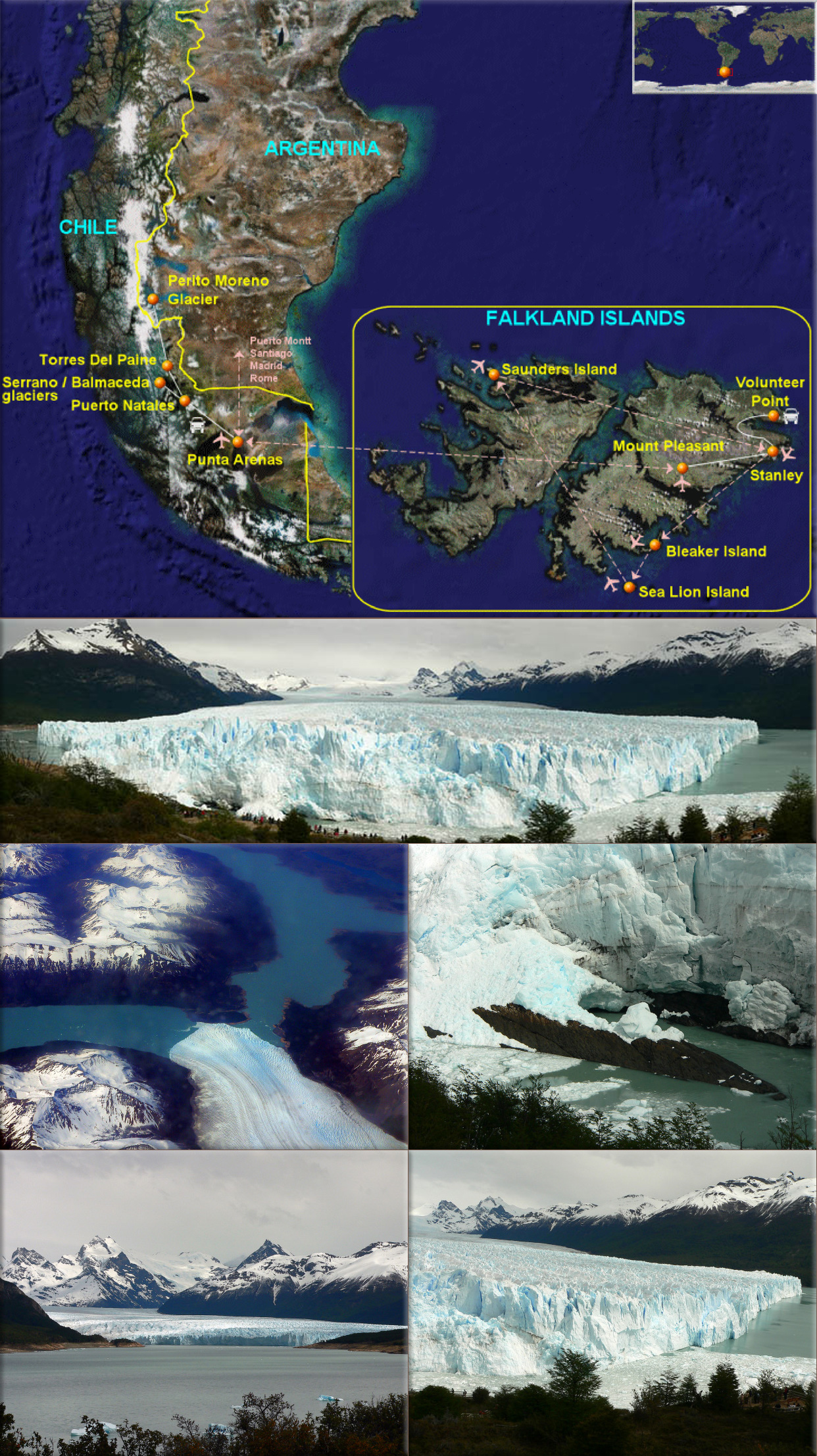
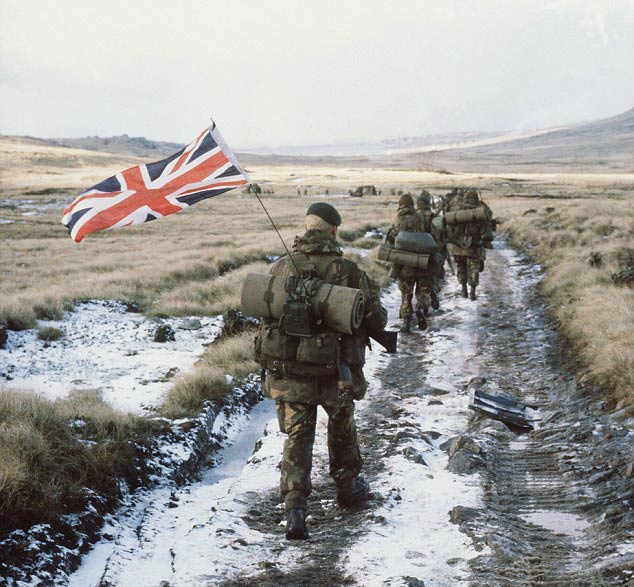
Falklands War: The Argentine base (Corbeta Uruguay) on Southern Thule surrenders to Royal Marine commandos in the final action of the Falklands War.
Wikipedia Image: Falkland Islands; Map Falkland Islands and Patagonia; Perito Moreno glacier and Lago Argentino, credit Wideview.it (Falkland Islands and Patagonia), New York Times.
June 20th, 1991

1991 - The German Bundestag votes to move the capital from Bonn back to Berlin.
Wikipedia Photo: Germany; Cologne Cathedral And Hohenzollern Bridge, Cologne, Germany ● Neuschwanstein castle Bavaria Germany ● Berlin, Germany © Btrenkel, Stockphoto.com ● Frankfurt Germany ● German vineyard
June 20th, 2009
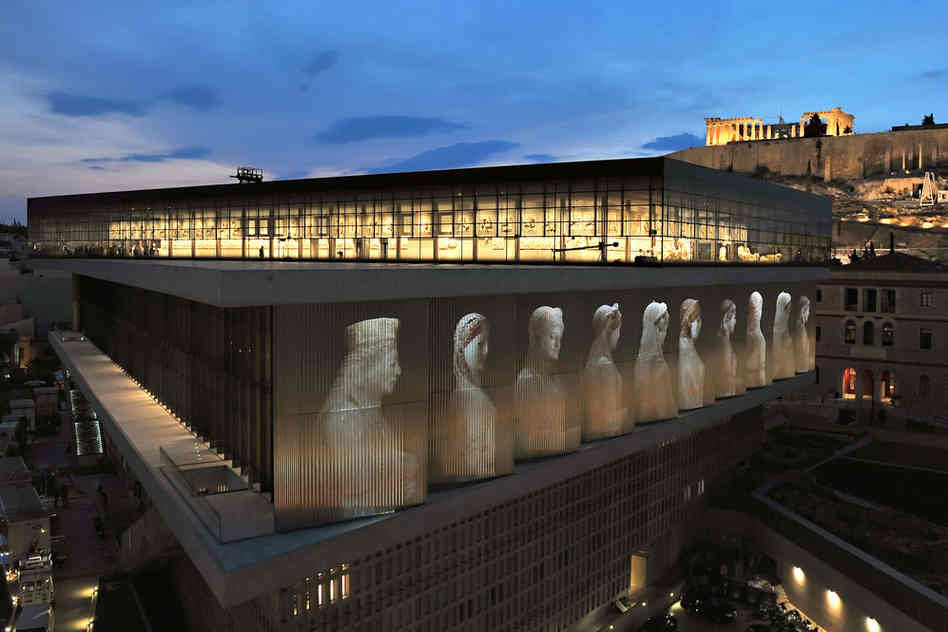
The Acropolis Museum in Athens, Greece opens to the public.
Wikipedia Photo: Greece's Acropolis Museum, designed by Swiss-American architect Bernard Tschumi, houses about 4,000 artifacts and sculptures, 10 times the number of items previously held in a small museum atop the Acropolis hill in Athens.
